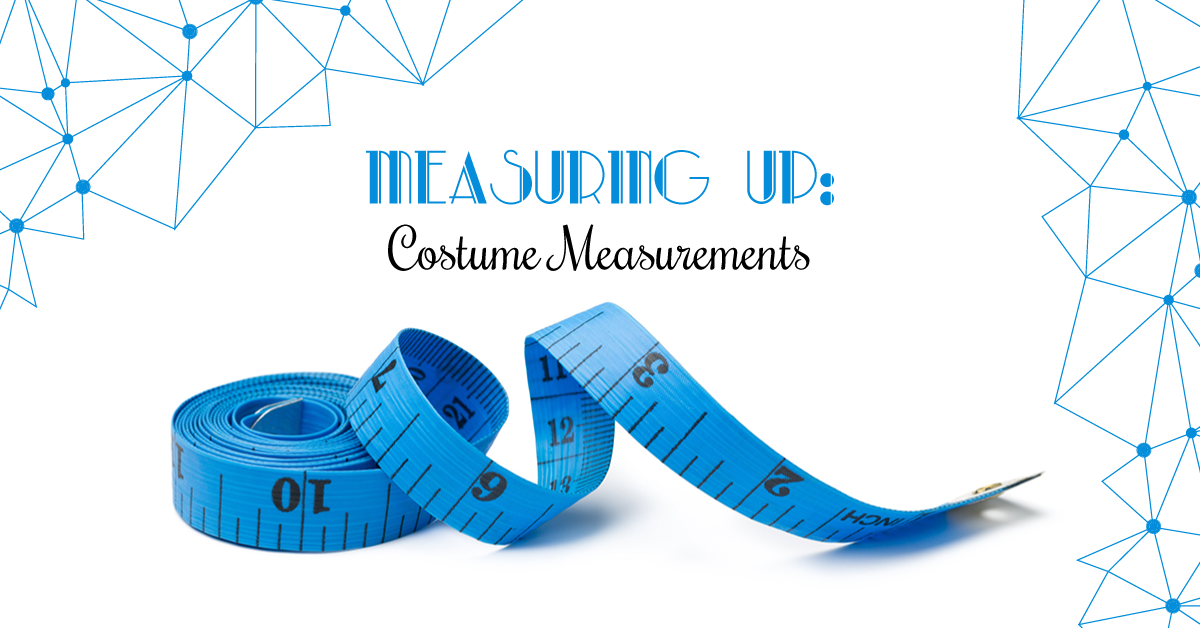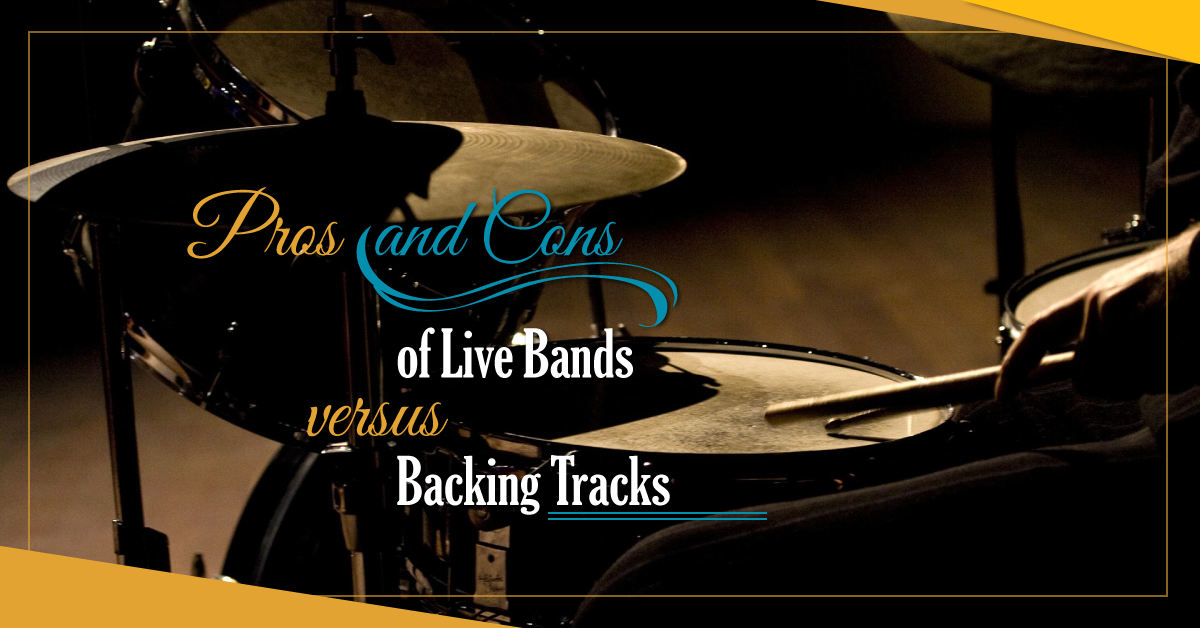Measuring Up: Costume Measurements
Many modern teen plays can be easily costumed from the closets of the cast or (even more simply than that) jeans and show t-shirts.
But if you’re moving into the realm of period pieces, musicals with large ensembles, or shows that have a specific look or aesthetic, then costuming has to play a much larger part. And that means that costumes have to be made from scratch or sourced from existing materials.
In order to properly fit actors for costumes, the costume designer has to know each actress or actor’s measurements. Measuring a person is an exacting task, but guesswork often results in an ill-fitting look. Because of the time it takes to put costumes together for some shows, a production may ask actors to fill out a measurement worksheet before they start rehearsals.
How can students make sure they’re measuring up? How do you take measurements correctly?
Costume Measurement Guidelines
1. Don’t measure yourself. Get someone else to help so they can write down each measurement as you go.
2. Don’t estimate with measurements or sizes. Always use a measuring tape.
3. Don’t wear bulky clothes when getting measured. It sounds like common sense, but sometimes we need to remind ourselves of these things!
4. Do follow instructions. If a costume sheet doesn’t give specific measurement how-to’s, make sure to ask. The costume designer may have one criterion and you may have another. Alternatively, look up the most common instructions online. For example:
- Waist measurements are always at the most narrow part of the waist.
- Hip measurements are taken at the fullest part.
- Head measurements are taken by measuring the circumference above the ears.
5. Do learn the lingo – many costume info sheets ask for a “nape to …..” Measurement. The nape is at the base of the neck at the back. Do you know the difference between the inseam and the outer seam?
6. Don’t put down the wrong measurements because you want to appear a different size or shape. You’ll get an ill-fitting costume, or worse, one that doesn’t fit at all.
How can you use this concept in the classroom?
See how well students follow instructions. Before you do this exercise, take the measurements of a few students yourself. Better yet, see if you have students not in this particular class that can act as models. You’re looking for measurement consistency, so you want something to assess students against.
Divide students into small groups, give them the Costume Measurement Worksheet and the Measurement Instructions Sheet. (download button below!)
Each group will take the measurements of the model and write it down. Do their numbers “measure up” to yours?
NOTE: Some people are uncomfortable having someone else touch them while taking measurements. Be aware of this during the exercise. And when taking the inseam measurement, the model is always the one who holds the tape at the inside top of the thigh. Keep it safe!



